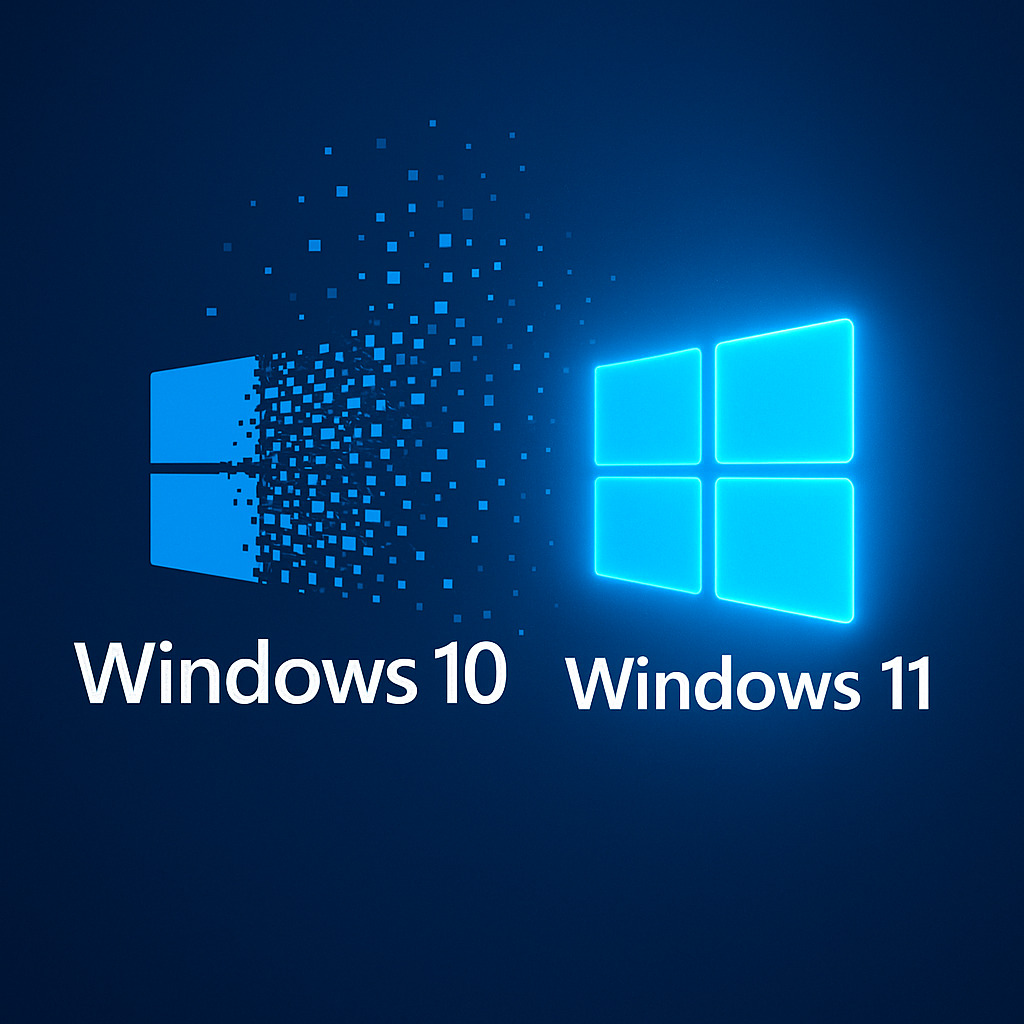Some still defend it like an old friend; others keep it out of habit or fear of change. But the countdown is over: Windows 10 is officially reaching the end of its life.
What does that mean for millions of users still running perfectly good PCs? Is the move to Windows 11 mandatory, or are there smarter (and maybe free) alternatives?
Let’s find out — calmly, but realistically.
🕰️ The End of a Digital Era
As of October 14, 2025, Microsoft will officially end extended support for Windows 10.
In plain words: no more security updates, bug fixes, or official assistance. The system will keep running, sure — but like driving without seat belts: it works, but every day gets riskier.
Windows 10, launched in 2015 as “the last Windows ever”, has bridged the gap between the traditional desktop and today’s hybrid world of cloud, gaming, and smart working. Yet even bridges eventually close.
🛡️ Invisible but Real Risks
Sticking with Windows 10 means exposure to unpatched vulnerabilities. Hackers never rest — and they know that outdated systems make perfect targets.
Without security updates, a single malicious attachment or website could open the door to malware.
Moreover, many apps and platforms will start dropping support for Windows 10 — from browsers and drivers to antivirus software and gaming platforms. Obsolescence doesn’t scream; it just quietly arrives.
⚖️ Upgrade or Stay?
It depends on your hardware and needs.
If your PC features an 8th-gen Intel CPU, TPM 2.0, and Secure Boot, moving to Windows 11 makes sense. It’s faster, AI-ready (thanks to Copilot integration), and compatible with modern GPUs.
For older PCs, you’ve got two realistic paths:
-
Stay on Windows 10, aware of the risks but using stronger third-party security tools.
-
Switch to Linux, which now offers polished, Windows-like experiences through distributions such as Ubuntu, Mint, or Fedora — with no license fees.
Either way, the comfort zone days are over.
🧭 Preparing for the Leap
Before upgrading or switching systems:
-
Backup your data to an external drive or cloud.
-
Run Microsoft’s PC Health Check to verify compatibility.
-
Uninstall unnecessary apps.
-
Create a restore point or full system image.
-
If you stay on Windows 10, strengthen your firewall and antivirus protection.
💬 Conclusion
Saying goodbye to Windows 10 doesn’t mean forgetting it — it’s just part of the technology life cycle.
Every OS is born, grows, and gets replaced. Staying behind means extra caution; moving forward means curiosity.
In the end, the real upgrade isn’t the software — it’s our mindset.






